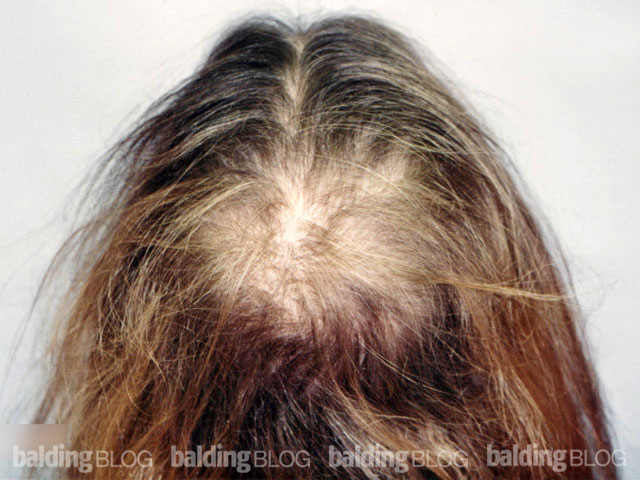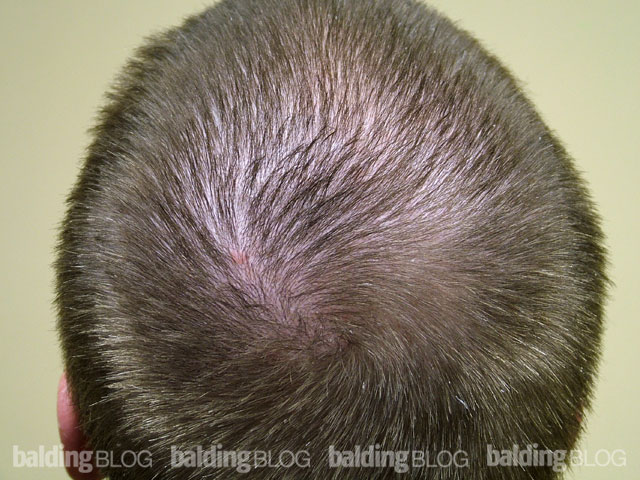This is a remarkable injury from a car accident where this woman lost most of her scalp. The initial surgery to address the loss of her scalp was with the use of split-thickness skin grafts (left photo), probably taken from her thigh or abdomen. The grafts covered the skull so that the skull didn’t die off; however, her look was clearly abnormal as you can tell in the middle photo. You can see the brusing of the split-thickness grafts. I imagine she probably used a wig to cover the deformity shown below.
Dr. Felix Popescu, from Bucharest, did approximately 3500 grafts to cover the deformity and give her back her hair. The photos below only show before and after extending 2 days, but the skin looks viable, suggesting this surgery might work. The zoomed-in view shows that a good blood supply is available to the grafts. Split-thickness skin grafts don’t have an infrastructure to support much beyond the skin grafts. I hope he will send me follow-up photos over the next few days and eventually of the final results. I greatly admire his skill and courage in tackling such a difficult case.
Surgery performed by Felix Popescu, M.D.
Dr. Felix Hair Implant
Soseaua Nordului, No. 98 G
Bucharest, Romania, 14104


